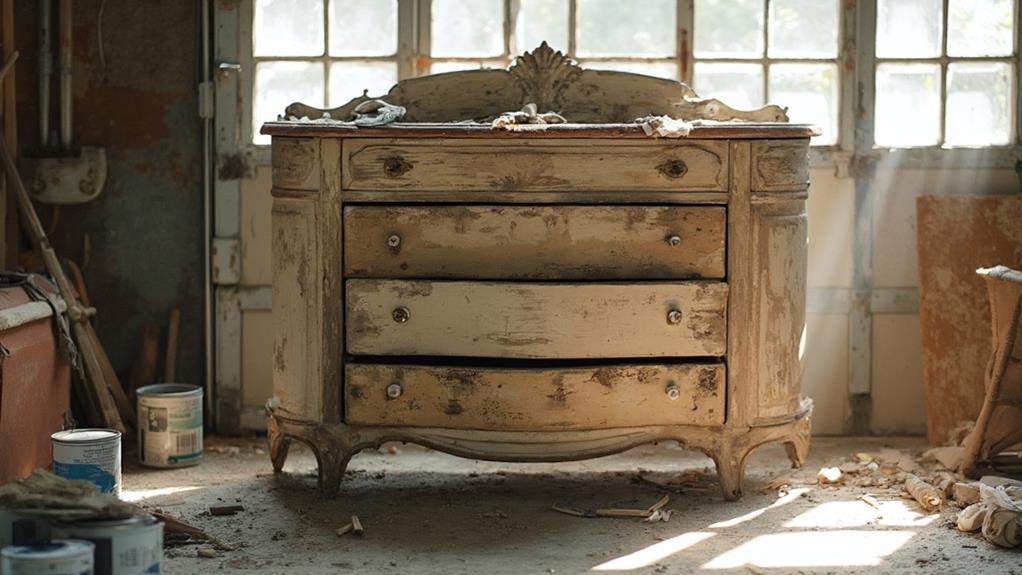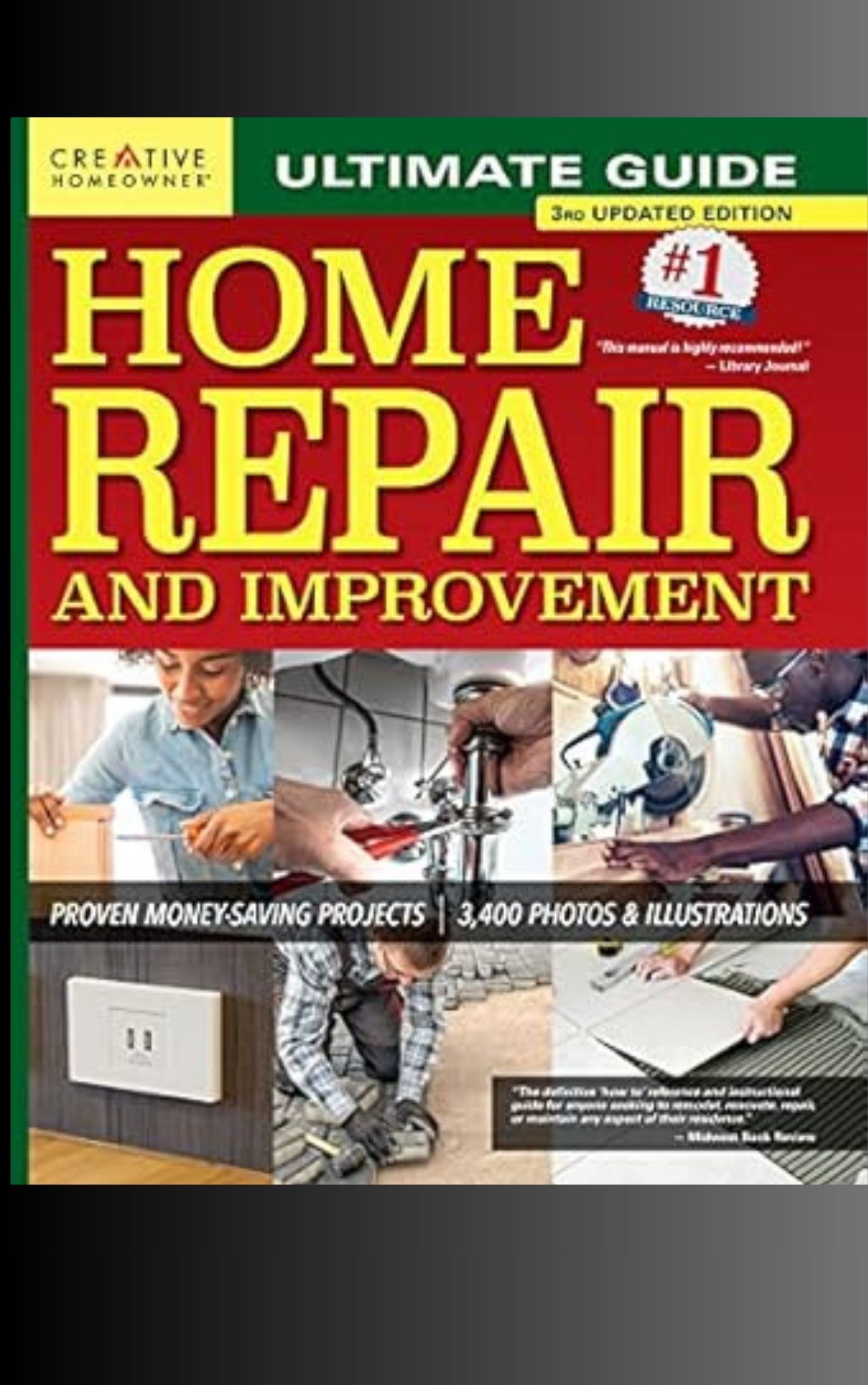Furniture flipping transforms forgotten pieces into stylish home decor while offering a profitable business opportunity. Success hinges on identifying quality items with potential, mastering essential restoration techniques, and understanding market trends. Key steps include spotting solid wood construction, focusing on classic styles, and leveraging unique features. Equipped with the right tools and skills, flippers can clean, repair, and refinish pieces to maximize their appeal and value. Effective branding, customer engagement, and operational efficiency are crucial for scaling the business. By emphasizing sustainability and environmental responsibility, furniture flippers can attract eco-conscious consumers. Exploring this creative venture further unveils additional strategies for turning garage sale finds into gorgeous, profitable pieces.
Spotting Diamond-in-the-Rough Pieces
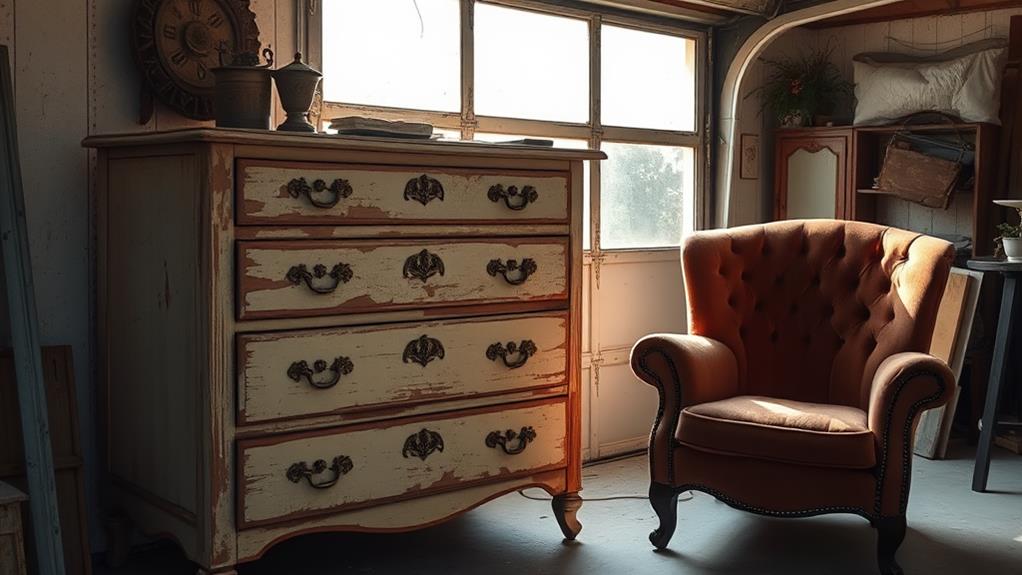
How can you identify furniture with hidden potential? Look for solid wood pieces with good bones and sturdy construction. Avoid particle board or heavily damaged items. Check for quality craftsmanship, such as dovetail joints in drawers or mortise and tenon joinery. Vintage or antique pieces often have superior materials and construction compared to modern mass-produced furniture.
Focus on classic styles that have enduring appeal, like mid-century modern, farmhouse, or traditional designs. These tend to maintain their value and versatility. Pay attention to unique details or interesting features that can be highlighted through restoration. Pieces with ornate carvings, unusual hardware, or distinctive shapes are prime candidates for flipping.
Consider the current trends in home decor and look for pieces that can be easily updated to match popular styles. Items with simple lines are often easier to transform than overly ornate pieces. Don't be deterred by cosmetic issues like outdated finishes, worn upholstery, or minor repairs. These can often be easily addressed and add significant value to the piece when restored.
Essential Tools for Furniture Flipping
Having identified promising pieces for flipping, the next step is to equip yourself with the right tools for the job. A well-stocked toolkit is essential for successful furniture flipping, enabling you to tackle various restoration and transformation tasks efficiently.
Start with basic hand tools: screwdrivers, pliers, hammers, and a pry bar for disassembly and minor repairs. Invest in quality sandpaper of various grits and a power sander for surface preparation. A reliable drill with various bits is crucial for hardware installation and structural repairs. For painting and finishing, acquire brushes, rollers, and sprayers suitable for different applications.
Specialized tools like wood filler, wood glue, and clamps are indispensable for repairing damaged pieces. A staple gun and upholstery tools are necessary for reupholstering projects. Safety equipment, including goggles, gloves, and a dust mask, should not be overlooked.
Consider investing in a workbench and sawhorses for a dedicated workspace. As you gain experience, you may find additional tools like a circular saw, jigsaw, or orbital sander beneficial for more advanced projects. Remember, quality tools will save time and improve results in the long run.
Restoration Techniques and Tips
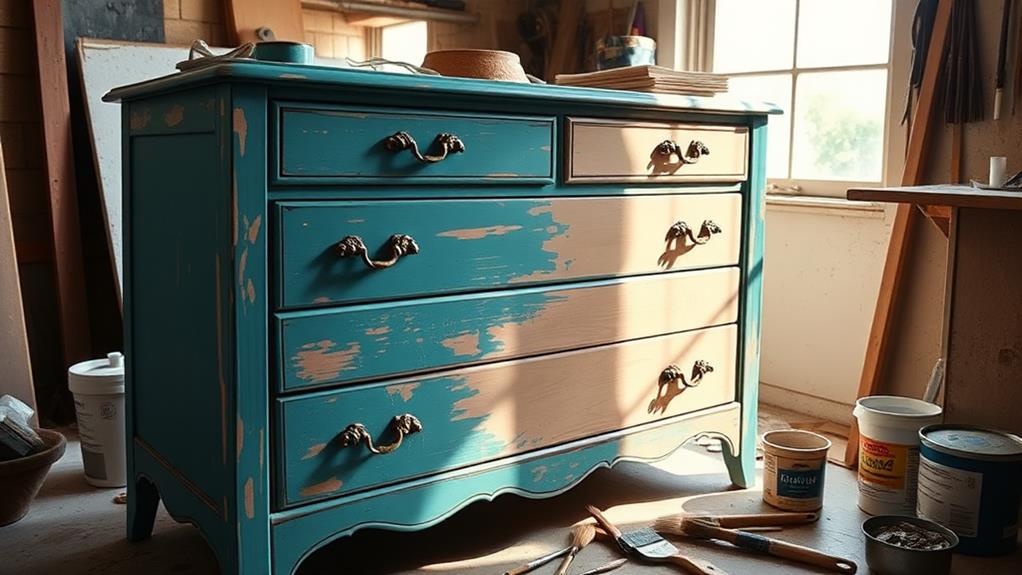
A furniture flipper's success hinges on mastering essential restoration techniques. Begin by thoroughly cleaning the piece, removing dirt, grime, and old finishes. Gentle sanding smooths surfaces and prepares them for new paint or stain.
For wood furniture, fill cracks and holes with wood filler, then sand again for a seamless finish.
When repainting, use primer to ensure better paint adhesion and coverage. Choose high-quality paints or stains appropriate for the furniture's material and intended use. Apply thin, even coats, allowing proper drying time between applications. For a distressed look, strategically sand edges and high-points after painting.
To restore upholstered pieces, remove old fabric and padding, repair or replace springs if necessary, and reupholster with new fabric and foam. For metal furniture, address rust by sanding and applying rust converter before repainting.
Consider updating hardware for a fresh look, ensuring new pieces fit existing holes. Finally, protect your restored piece with a clear topcoat or wax, depending on the finish. Always work in a well-ventilated area and wear appropriate safety gear when using chemicals or power tools.
Adding Value Through Customization
Customization is a powerful tool in furniture flipping that can significantly increase a piece's value and appeal. By tailoring furniture to specific tastes or trends, flippers can transform ordinary items into unique, sought-after pieces. Popular customization techniques include repainting in modern colors, adding decorative hardware, and updating upholstery with contemporary fabrics.
One effective strategy is to create themed pieces that cater to niche markets. For example, transforming a plain dresser into a nautical-inspired storage unit with rope handles and coastal-themed decoupage can attract buyers looking for specific decor styles. Another approach is to repurpose furniture for new functions, such as converting an old door into a stylish headboard or turning a vintage suitcase into a unique side table.
Incorporating current design trends, such as geometric patterns or metallic accents, can also add value. However, it's crucial to strike a balance between trendy and timeless to ensure long-term appeal. Additionally, customizing furniture to solve common problems, like adding built-in charging stations to nightstands, can increase functionality and desirability. By thoughtfully customizing pieces, furniture flippers can create one-of-a-kind items that command higher prices and attract discerning buyers.
Pricing and Marketing Your Flips
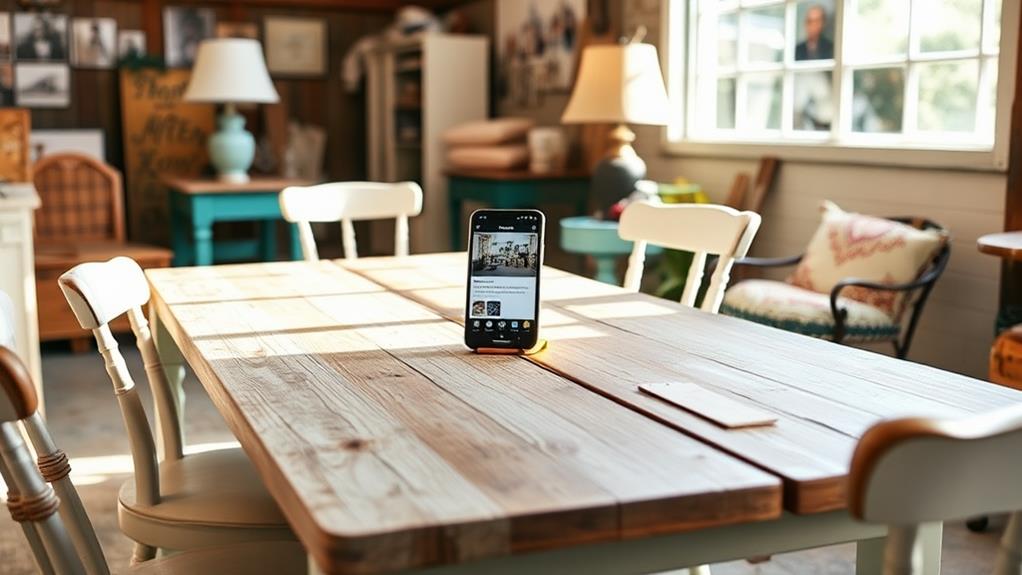
Once you've transformed a piece of furniture through customization, the next step is determining its market value and effectively promoting it to potential buyers. Research similar items on online marketplaces and local antique stores to gauge appropriate pricing. Consider factors such as the item's age, condition, brand, and the extent of your modifications when setting a price.
To market your flips, high-quality photography is essential. Capture multiple angles of the piece in well-lit settings, showcasing its best features and any unique details. Create compelling listings that highlight the item's history, the restoration process, and its potential uses. Utilize popular online platforms like Facebook Marketplace, Etsy, and local buy/sell groups to reach a wider audience.
Consider staging your pieces in attractive settings to help potential buyers envision them in their own homes. Offer delivery options or partner with local delivery services to expand your customer base. Building a strong social media presence can also help showcase your work and attract repeat customers. Engage with interior design communities and participate in local markets or craft fairs to gain exposure and establish your brand in the furniture flipping industry.
Building a Successful Flipping Business
Scaling your furniture flipping hobby into a successful business requires strategic planning and consistent effort. Begin by establishing a dedicated workspace for refurbishing and storing inventory. Invest in quality tools and supplies to ensure efficient, professional-level work.
Develop a systematic approach to sourcing furniture, focusing on high-potential pieces that align with current trends and your target market's preferences. Create a strong brand identity and online presence through social media platforms and a professional website. Showcase your work with high-quality photographs and detailed descriptions of the transformation process.
Network with local antique dealers, interior designers, and real estate stagers to expand your client base and potentially secure bulk orders. Consider diversifying your offerings by providing custom work or furniture painting workshops. Implement a customer relationship management system to track sales, manage inventory, and nurture client relationships.
Stay informed about market trends and continuously refine your skills through online courses or workshops. As your business grows, consider hiring assistants or partnering with other artisans to increase production capacity. Regularly analyze your financial performance and adjust your strategies to maximize profitability and sustainability in the competitive furniture flipping market.
Frequently Asked Questions
How Do I Handle Furniture With Potential Lead-Based Paint?
When dealing with furniture potentially containing lead-based paint, take precautions: wear protective gear, work in a well-ventilated area, use lead-safe work practices, and consider professional testing or removal. Always prioritize safety and comply with local regulations regarding lead paint.
What Insurance Do I Need When Flipping Furniture as a Business?
While insurance needs vary, flipping furniture entrepreneurs should prioritize general liability and product liability coverage. Juxtaposing protection with profit, these policies safeguard your business against accidents, property damage, and potential lawsuits arising from sold items.
Are There Any Legal Considerations When Reselling Refurbished Furniture?
When reselling refurbished furniture, consider legal aspects such as proper licensing, tax obligations, consumer protection laws, and product liability. Ensure compliance with safety regulations, disclose any modifications, and provide accurate descriptions to avoid potential legal issues.
How Can I Authenticate Antique Pieces Before Purchasing for Flipping?
To authenticate antique pieces, consult experts or appraisers, research maker's marks and signatures, examine construction techniques, assess materials, and verify provenance. Utilize reference books, online databases, and reputable auction house catalogs for additional verification methods and historical context.
What Are the Best Ways to Ship Large Furniture Items?
The heavy burden of shipping large furniture can weigh on one's mind. Professional furniture movers, blanket-wrap services, and freight shipping are excellent options. For DIY, proper padding, secure packaging, and reliable carriers are essential for safe transportation.
Conclusion
In the wild world of furniture flipping, enterprising individuals can transform forgotten relics into jaw-dropping masterpieces, leaving onlookers in awe. With an eagle eye for potential, a toolkit that would make Bob Vila weep, and restoration skills bordering on wizardry, flippers can turn trash into treasure faster than one can say "midcentury modern." By mastering the art of customization, pricing strategies, and marketing magic, furniture flippers can build empires on the foundations of dusty garage sale finds, revolutionizing homes and bank accounts alike.
